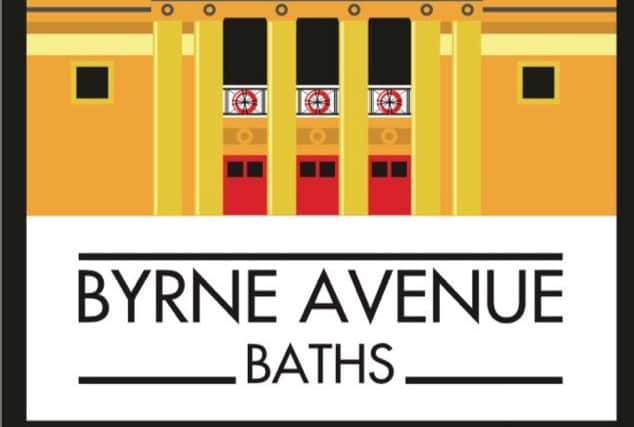Iconic Byrne Avenue Baths rescued and reopened to public 12 years after closure
and live on Freeview channel 276
A Rock Ferry landmark is reopening as a community resource after undergoing extensive renovation works.
It’s ninety years since the foundation stone was laid for Byrne Avenue Baths, and stage one of the development is almost complete.
Advertisement
Hide AdAdvertisement
Hide AdIt’s been four years since work started to transform the Art Deco style public baths to their former glory.
Byrne Avenue Trust was set up to rescue, restore and re-open Byrne Avenue Baths.


What has been renovated and what’s next?
The sports hall and community room are now open with more long-term plans, including a new cafe and the re-opening of the original swimming pool.
They aim to provide a range of sporting opportunities, community activities and social events whilst preserving and promoting the history and heritage of the building.
The next step will be to open up the "Slipper Baths Cafe".
Advertisement
Hide AdAdvertisement
Hide AdThe cafe is situated in the old Gents Slipper Baths, a place where locals used to come and pay a couple of pence to take a hot bath because local houses didn’t have any such facilities. You were given a towel but had to bring your own bubble bath.
Four of the original slipper Baths are still intact and will be a feature of the cafe.
What’s been said
Speaking about the plans, Byrne Avenue Trust Chairman, Ben Harrison, said: “We’re really excited to be finally opening our doors.
“We want the Baths to be a place where local people, of all ages, feel welcome to come and enjoy everything from film nights and ‘knit and natter’ sessions, to badminton, Zumba and indoor football.”
Advertisement
Hide AdAdvertisement
Hide AdHistory of Byrne Avenue Baths
The history of the construction dates back to the First World War. Following the end of the war, the Ministry of Labour offered grants to local authorities to engage unskilled men in building works.
By the 1930s, Birkenhead had one of the highest unemployment rates in the country, and many of its residents did not have bathrooms or indoor toilets.
Therefore the advantages of the baths were two-fold, providing jobs and a place for people to keep clean.
Comment Guidelines
National World encourages reader discussion on our stories. User feedback, insights and back-and-forth exchanges add a rich layer of context to reporting. Please review our Community Guidelines before commenting.